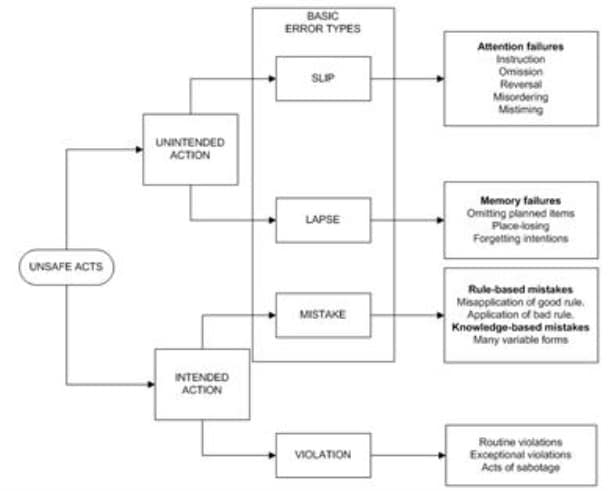To Err is Human, To Forgive Divine

The phrase ‘to err is human, to forgive divine’ comes from the English poet Alexander Pope. In the poem An Essay on Criticism, Part II , 1711 (http://www.eighteenthcenturypoetry.org/works/o3675-w0010.shtml), Pope’s world was a theological world ie. Theology was the lens by which one understood life and living. Whilst Pope is known for the development of the ‘heroic couplet’ his social politic was one of competing forces and a distain for a lack of critical thinking. Pope detested ‘dumb down’ and demonstrated through his couplets that truth was only understood in a dialectic between those forces. Pope needs to be understood through the lens of theology, social politics and literary criticism.
Pope’s developing years were affected by the Tests Acts (1661-1678) which upheld the status of the Church of England and banned Catholics from teaching, attending a university, voting or holding public office on pain of imprisonment. Something like a Trump Wall for Mexicans or a Trump Muslim ban. As a Catholic family the Popes were unable to live within 10 miles of London or Westminster. Pope, a deeply committed Catholic, felt this separation deeply. Anti-Catholic sentiment in England at the time was ‘viral’.
So, when we come to understanding the context of this phrase theologically, socially and politically we can better understand Pope’s meaning and purpose. A download of The Life of Alexander Pope is available here
Pope wrote his Essay on Criticism in 1709, assembled over 3 years. (https://ia800809.us.archive.org/3/items/aeb0151.0001.001.umich.edu/aeb0151.0001.001.umich.edu.pdf)
Pope explains that, while human fallibility is without question normal, forgiveness is divine. The couplet appears towards the end of Part 2 of 3 Parts as follows:
Ah ne’er so dire a Thirst of Glory boast,
Nor in the Critick let the Man be lost!
Good-Nature and Good-Sense must ever join;
To err is Humane; to Forgive, Divine.
The scene is set for part 2 with the following:
Of all the causes which conspire to blind
Man’s erring judgment and misguide the mind,
What the weak head with strongest bias rules,
Is pride, the never−failing vice of fools.
Pope didn’t suffer fools gladly and saw great foolishness in the State fear of Catholics and Catholicism. At the start of the next stanza Pope states:
A little learning is a dangerous thing
Drink deep, or taste not the Pierian spring
There shallow draughts intoxicate the brain,
And drinking largely sobers us again.
Perhaps Pope here foretells the ignorance of several archetypes, including I would suggest the current archetype of Safety. The Pierian Spring refers to the quest for knowledge and the satisfaction with ignorance. And so, a little learning (a cert 4 in regulation thinking) is a dangerous thing. A little learning as a dangerous thing is so evident in the compulsory mis-education of the WHS industry (https://safetyrisk.net/isnt-it-time-we-reformed-the-whs-curriculum/ ). No wonder Safety comes out with the evil of eugenics in its formulations about what to do about risk (https://safetyrisk.net/cutting-corners-safety-regresses-to-the-dark-ages/, https://safetyrisk.net/safety-eugenics-and-the-engineering-of-risk-aversion/ )
The idea of fallibility is a deeply theological idea, just as the notion of infallibility (eg. perfection/zero) is an absurd idea if applied to humans. This is why Pope emphasizes the second part of the couplet, the absurdity and delusion of seeking to be divine. For Pope and all religions (except the safety religion), fallibility is the bedrock for understanding self. For Pope the idea of aspiration for divinity is essentially the mark of delusion and the nature of sin. From the stories of Adam and Eve, Abraham (see Kierkegaaard), Job (see Jung) and Jonah (see Ellul) we learn that the seeking of divinity (perfection/zero) is the breaking of relationship with God.
For Pope these stories are not some kind of binary trap but rather form a dialectical struggle to make intelligent the meaning of being human. Accepting fallibility is not a position of fatalism but rather is understood as a liberation to be truly human. For Pope, fighting against fallibility is a stupidity. Understood theologically Pope makes it clear that whilst humans seek blame, the Divine offers grace and forgiveness. It is Pope’s theology to not see fallibility as a penalty but rather as a driver of human’s to grace.
So at risk of losing the reader in theology, lets return to the preoccupation of Safety with error.
It is clear that Safety doesn’t understand fallibility, how could it without a trans-disciplinary approach to knowledge. The language and discourse of zero and the silly nonsense of ‘safety is a choice you make’ seeks a denial of fallibility and the quest for perfection. The idea that human error is about ‘a taxonomy’ or ‘safety science’ is the impost of an engineering bias on the nature of being human. Apparently, Safety doesn’t need anthropology, theology, social politics, social psychology or cultural theory to understand humans, just bundle up some behaviorist and mechanistic disciplines and bingo, humans are objects and mechanical aspect of systems.
We have the legacy of Reason to thank for the idea that human error is the sum of unsafe acts and unsafe conditions (https://www.galliera.it//20/58/strutture-e-servizi-in-staff-alla-direzione-sanitaria/ugr/pg-ugr/documenti/pubblicazioni/risk_12.pdf ), and the model accepted in all WHS texts as a model of human error:
Amazing how this binary model has been normalized in the safety industry in such a short time without question. Reason frames the subject so: ‘We cannot change the human condition, but we can change the conditions under which humans work’ and ‘The basic premise in the system approach is that humans are fallible and errors are to be expected, even in the best organisations’.
(https://www.galliera.it//20/58/strutture-e-servizi-in-staff-alla-direzione-sanitaria/ugr/pg-ugr/documenti/pubblicazioni/risk_12.pdf). So there we have it, the use of the ‘f’ word framed by Reason in the context of ‘the human error problem’ (p. 1). I wonder if reason understands fallibility theologically, at the source, don’t think so? Unfortunately, Reason proposes a binary construct for this so called ‘human error problem’ and so plays into the binary assumptions of the safety industry, no wonder safety loves Reason so much.
Reason doesn’t deem human error theory a ‘wicked problem’ or as open ended but rather just a matter of ‘a person approach’ or a ‘systems approach’. Nice to have a binary construct to frame for ‘human error management’ (unfortunately excluding a host of other ways of understanding human fallibility). Somewhat like the binary construct that Kahneman offers safety, framing the mind as just a matter of fast or slow. (Nice that Dylan Evans and Claxton join in the critique of Kahneman’s frame – http://blog.projectionpoint.com/?p=353 ). Unfortunately for the safety industry Reason and Kahneman lead us into binary constructs that don’t serve the industry well, more foundations for the ideology of zero.
Reason frames safety as the activity of error management, the plugging of holes in the reductionist swiss-cheese, managing acts and conditions. Within this frame humans are understood as a ‘factor’ in a system. (The ‘human factors’ school unfortunately thinks it is somehow close to the Social Psychology of Risk, which it isn’t). Where does this leave us?
The challenge of Pope’s couplet is a call to dialectic between the fallible and infallible, a dance on the pinhead of a wicked problem. What Pope calls us to is a rejection of binary discourse and the associated delusions of ignorance in the denial of fallibility. By coupling the impossible (infallible) after the fallible we can see that fallibility is not an evil but rather what liberates humans to accept their humanity. If we accept Pope’s call to the dance we will better step beyond the seduction of reductionist and binary constructs imposed on a model of what safety imagines it means to be human and how it understands error.




Do you have any thoughts? Please share them below